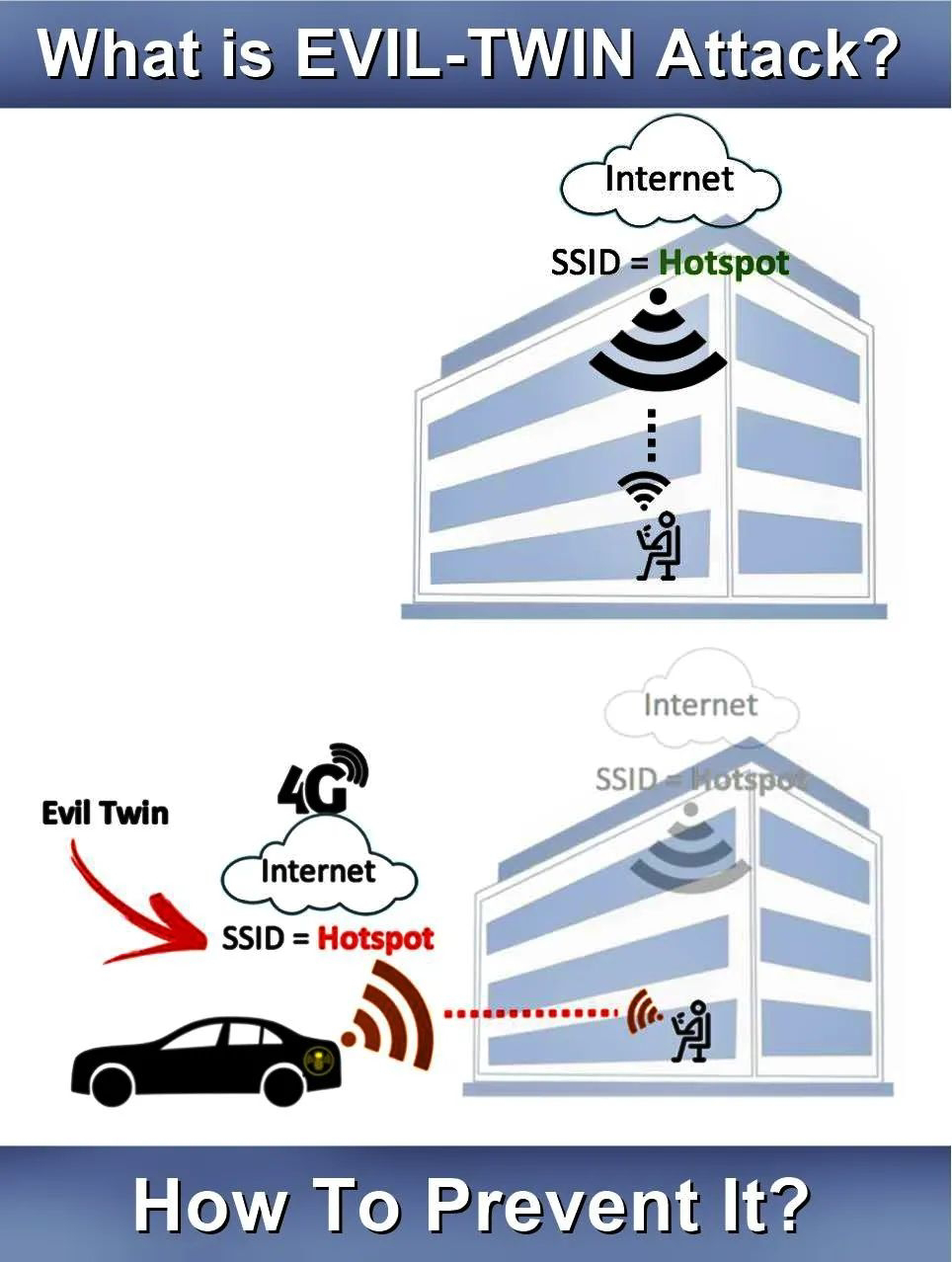C and C++ Cheat Sheet
libraries
#include input and output functions
#include string related functions
#include memory allocation, rand, and other functions
#include math functions
#include time related functions
functions
returnType functionName( input1Type input1Name, input2Type input2Name, …. )
{
// do something
return value; // value must be of type returnType
}
comments
// one line comments this is a C++ style one line comment
/* multiple line this is a traditional C style comment
block comment */
variable types
char holds a character, or a number from -128 to 127 (1 byte)
bool holds a boolean value, either true or false (1 byte)
int hold an integer (a positive or negative number with NO decimal, 4 bytes)
float holds a real number (a positive or negative number with a decimal, 4 bytes)
void no type, raw binary data
conditionals
A == B if A is equal to B, this is true; otherwise, it’s false
A != B if A is NOT equal to B, this is true; otherwise, it’s false
A < B if A is less than B, this is true; otherwise, it’s false A > B if A is greater B, this is true; otherwise, it’s false
A <= B if A is less than or equal to B, this is true; otherwise, it’s false A >= B if A is greater or equal to B, this is true; otherwise, it’s false
control flow
if ( conditional )
{
// do something
}
#include input and output functions
#include string related functions
#include memory allocation, rand, and other functions
#include math functions
#include time related functions
functions
returnType functionName( input1Type input1Name, input2Type input2Name, …. )
{
// do something
return value; // value must be of type returnType
}
comments
// one line comments this is a C++ style one line comment
/* multiple line this is a traditional C style comment
block comment */
variable types
char holds a character, or a number from -128 to 127 (1 byte)
bool holds a boolean value, either true or false (1 byte)
int hold an integer (a positive or negative number with NO decimal, 4 bytes)
float holds a real number (a positive or negative number with a decimal, 4 bytes)
void no type, raw binary data
conditionals
A == B if A is equal to B, this is true; otherwise, it’s false
A != B if A is NOT equal to B, this is true; otherwise, it’s false
A < B if A is less than B, this is true; otherwise, it’s false A > B if A is greater B, this is true; otherwise, it’s false
A <= B if A is less than or equal to B, this is true; otherwise, it’s false A >= B if A is greater or equal to B, this is true; otherwise, it’s false
control flow
if ( conditional )
{
// do something
}
if ( conditional )
{
// do something
}
else
{
// do something else
}
if ( conditional )
{
// do something
}
else if ( another_conditional )
{
// do something else
}
else
{
// do something as default
}
while ( conditional )
{
// do something
}
placing “break;” inside a while loop
breaks out of the loop
{
// do something
}
else
{
// do something else
}
if ( conditional )
{
// do something
}
else if ( another_conditional )
{
// do something else
}
else
{
// do something as default
}
while ( conditional )
{
// do something
}
placing “break;” inside a while loop
breaks out of the loop
placing “continue;” inside a while
loop jumps to the start of the next
loop
loop jumps to the start of the next
loop
for ( initialization; test; command )
{
// do something
}
“break;” and “continue;” can be
used within for loops as well with
identical effects
{
// do something
}
“break;” and “continue;” can be
used within for loops as well with
identical effects
this is equivalent to:
initialization;
while( test )
{
// do something
command;
}
while( test )
{
// do something
command;
}


No comments:
Post a Comment